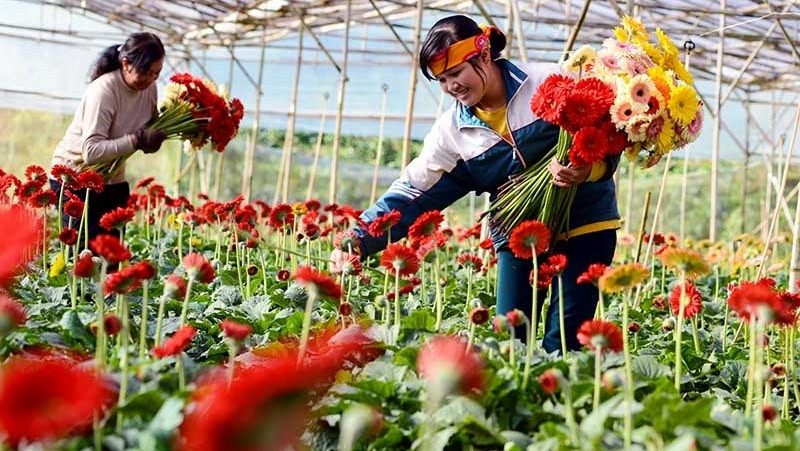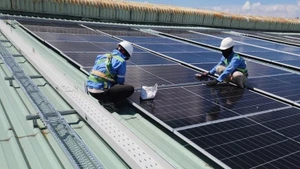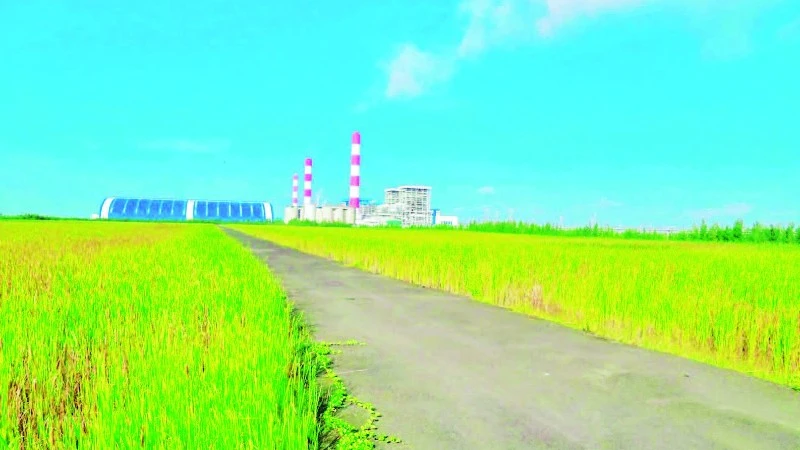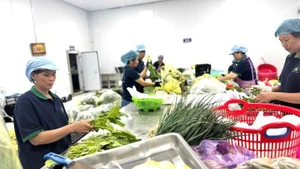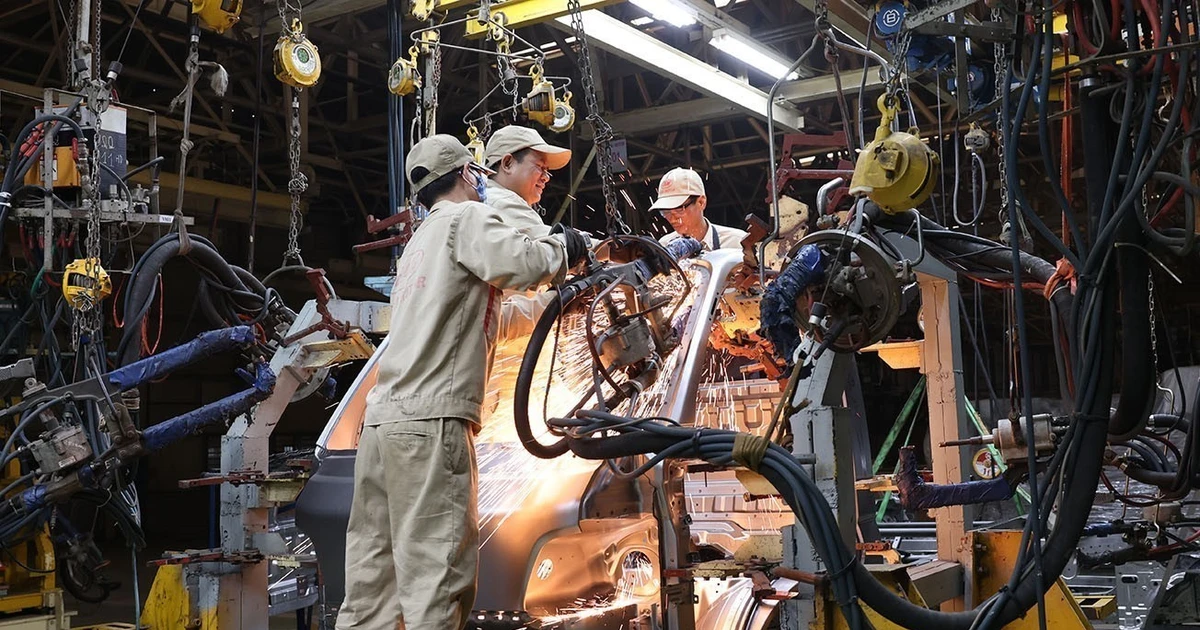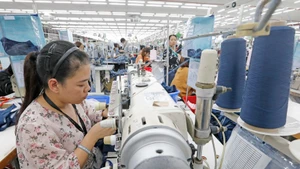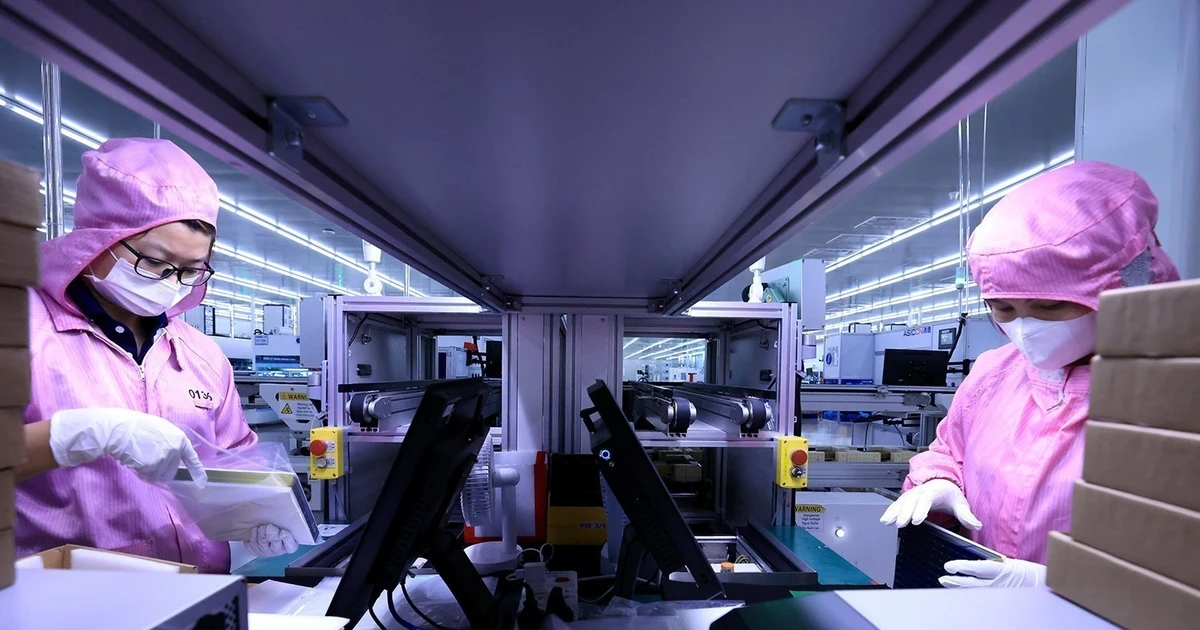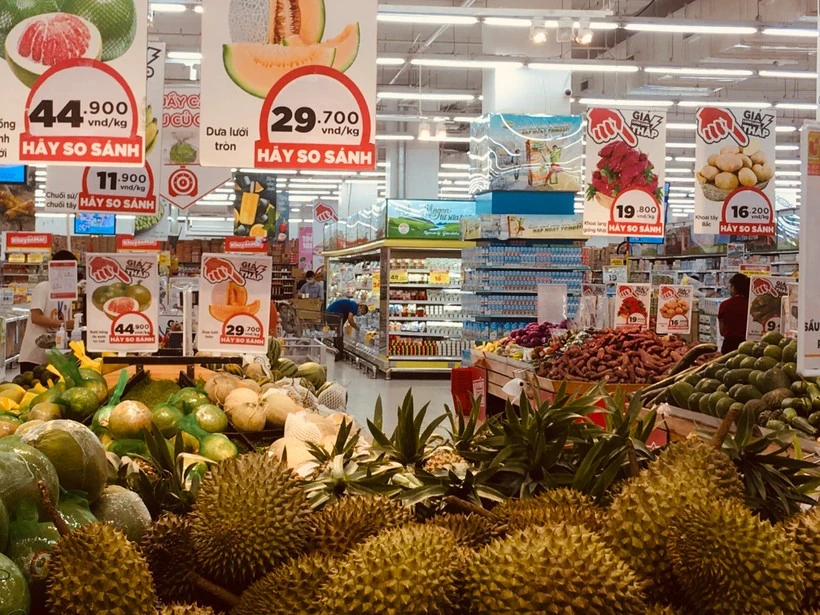The production and supply chain of agricultural products continue to be reconnected while the fields of the basalt land become green again.
Entering the new normal, provinces in the Central Highlands have implemented many solutions to restore agriculture, such as changing crop structure, strengthening processing capacity, promoting consumption, and applying science and technology to production in accordance with the actual situation.
“Green” signals
Mai Van Khan, director of Tan Tien Agricultural Cooperative based in Da Lat city, Lam Dong province said that his cooperative supplied four to six tonnes of vegetables to supermarkets and wholesale markets each day before the pandemic. Now the markets demand and price of agricultural products are increasing, so his cooperative is maintaining the area of slow growing vegetables and increasing the area of quick growing vegetables, Khan said.
Due to the market freeze during the pandemic, the consumption of non-essential commodities such as flowers fell into a standstill and that many farmers had to uproot and leave the land bare or switch to growing vegetables. “Now the price of flowers is relatively good while the supply chain and the market have recovered, so farmers are excited to resume the growing of flowers for the Lunar New Year (Tet),” according to Dang Bao Vinh, chairman of the Farmers' Association of Ward 12 in Da Lat City, home to the famous flower village Thai Phien.
Key coffee production areas of Dak Lak province are also bustling with many vehicles carrying workers to the fields to harvest coffee.
In Gia Lai province, key agricultural products, such as pepper, coffee, sugarcane, cassava, and cashews are entering the harvest season. Most agricultural products are consumed or stored while waiting for exportation.

Thanks to stimulating demand and joining the linkage chain, many agricultural products of Gia Lai province have been present in the domestic supermarket system. (Photo: PHAN HOA)
According to Director of Hung Thom Gia Lai Cooperative Do Thi My Thom, in the face of complicated developments due to the pandemic, the cooperative switched to flexible forms of purchasing agricultural products to ensure stable production activities. The cooperative is providing approximately two tonnes of passion fruit for its partners to export to Europe each day, Thom said.
Actively adapting to new situation
“The agriculture sector of Dak Lak province is promoting production following linkage chains while consolidating agricultural cooperatives and proactively connecting with reputable enterprises to support the consumption of agricultural products,” according to Deputy Director of the provincial Department of Agricultural and Rural Development Do Xuan Dung.
Meanwhile, Gia Lai province aims to achieve a total agricultural and forestry production value of about 32 trillion VND (1.46 billion USD) in 2021. To maintain production activities in the new normal, the province’s agricultural sector has established a working group to direct and support the production and consumption of agricultural products.
“We are reviewing the production situation, especially the province's key agricultural products to adjust the production plan accordingly. We also work with other localities to evaluate each type of agricultural product to have a plan to support the consumption,” said Luu Trung Nghia, director of the Department of Agriculture and Rural Development of Gia Lai province.
Meanwhile, Kon Tum province has promulgated an overall policy on agricultural and rural development for the 2021-2025 period, with a vision to 2030 which aims to attract potential corporations to invest in building diversified consumption channels and bringing local agricultural products to large supermarkets chains throughout the country.
Besides the support of Resolution 128, localities and provinces in the Central Highlands have actively built plans and scenarios for agricultural production in accordance with the actual situation. They have established working groups to foster production and consumption of agricultural products, promoted agricultural products through e-commerce platforms, facilitated logistical activities in addition to implementing solutions to help enterprise restore production.
